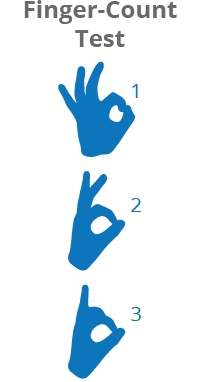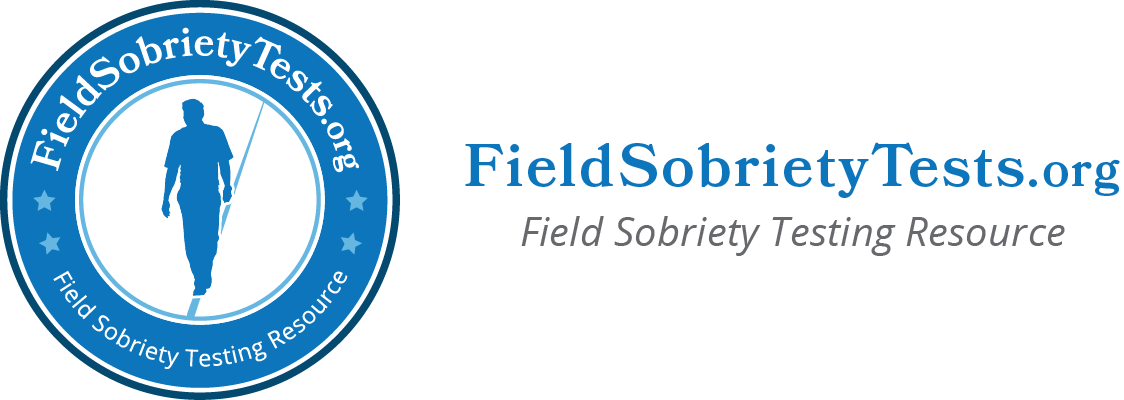Finger-Count Test
Although the finger-count test has not been approved or standardized by the National Highway Traffic Safety Administration (NHTSA), some police officers will administer it in order to determine if a driver is under the influence of alcohol or other impairing substances.
Finger-Count Test Procedure
The finger-count test is what's known as a "divided attention" test, as it measures your ability to follow instructions and perform a physical task. To take this test, you will be asked to extend one arm in front of you, with the palm facing forward. You will then use the top of your thumb to touch your remaining fingers while you count each time your fingers and thumb connect. This is done a total of three times.
While you are performing the finger-count test, the officer will look for a number of "clues" indicating impairment. These include starting the test too soon, problems following directions, problems counting, problems touching each finger correctly and in the right order, problems performing the correct number of sets and stopping the test early.
Fighting This Field Sobriety Test
Unlike the standardized field sobriety tests, the finger-count test has not been studied for reliability; in fact, depending on who performs the test, the results can be completely different from officer to officer. Any field sobriety test expert would be able to challenge this test in court.
In addition, this test can be used to evaluate much more than intoxication—individuals with certain neurological conditions or those who are ill and/or sleep deprived would also fare poorly when performing this test.

